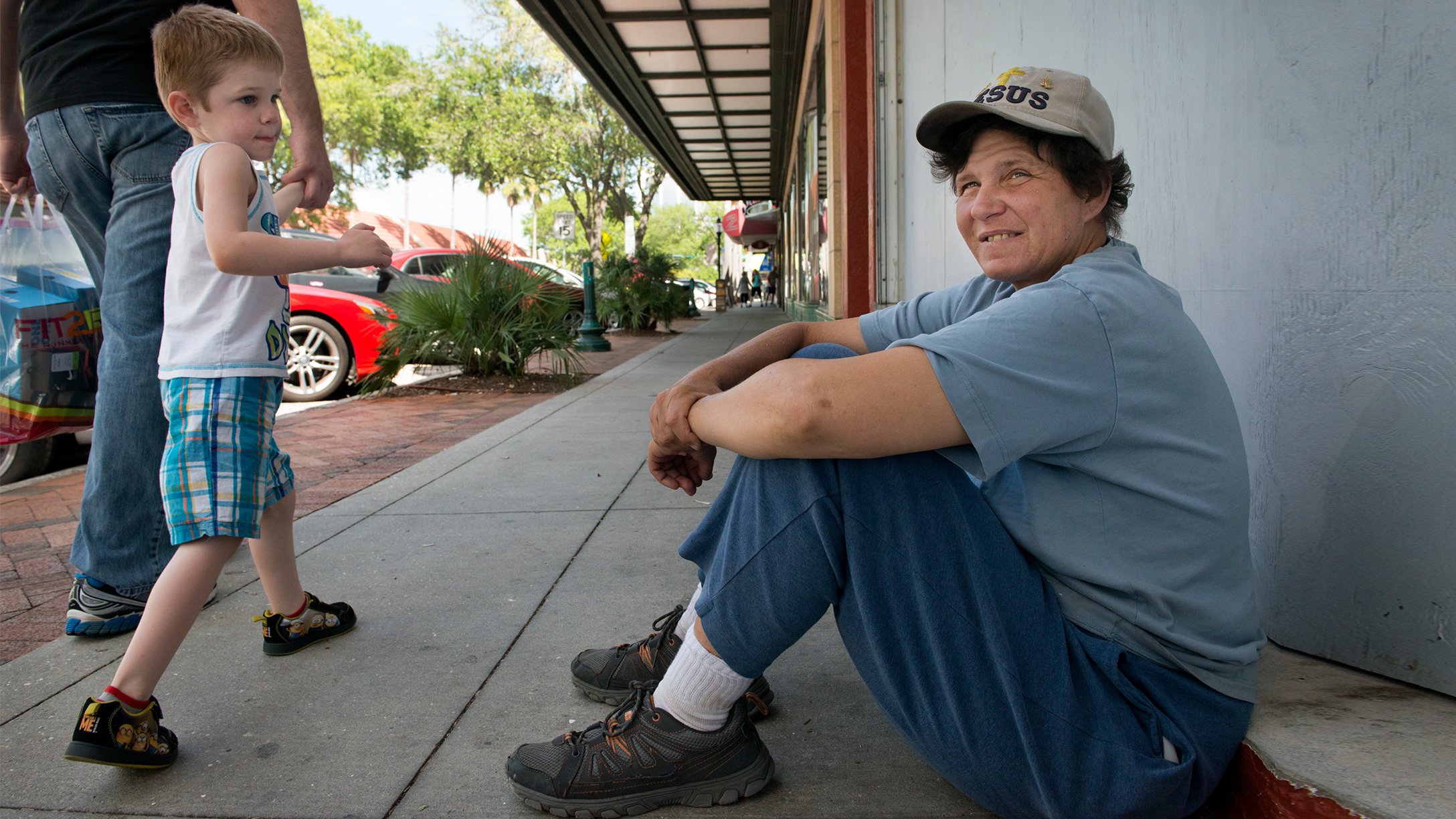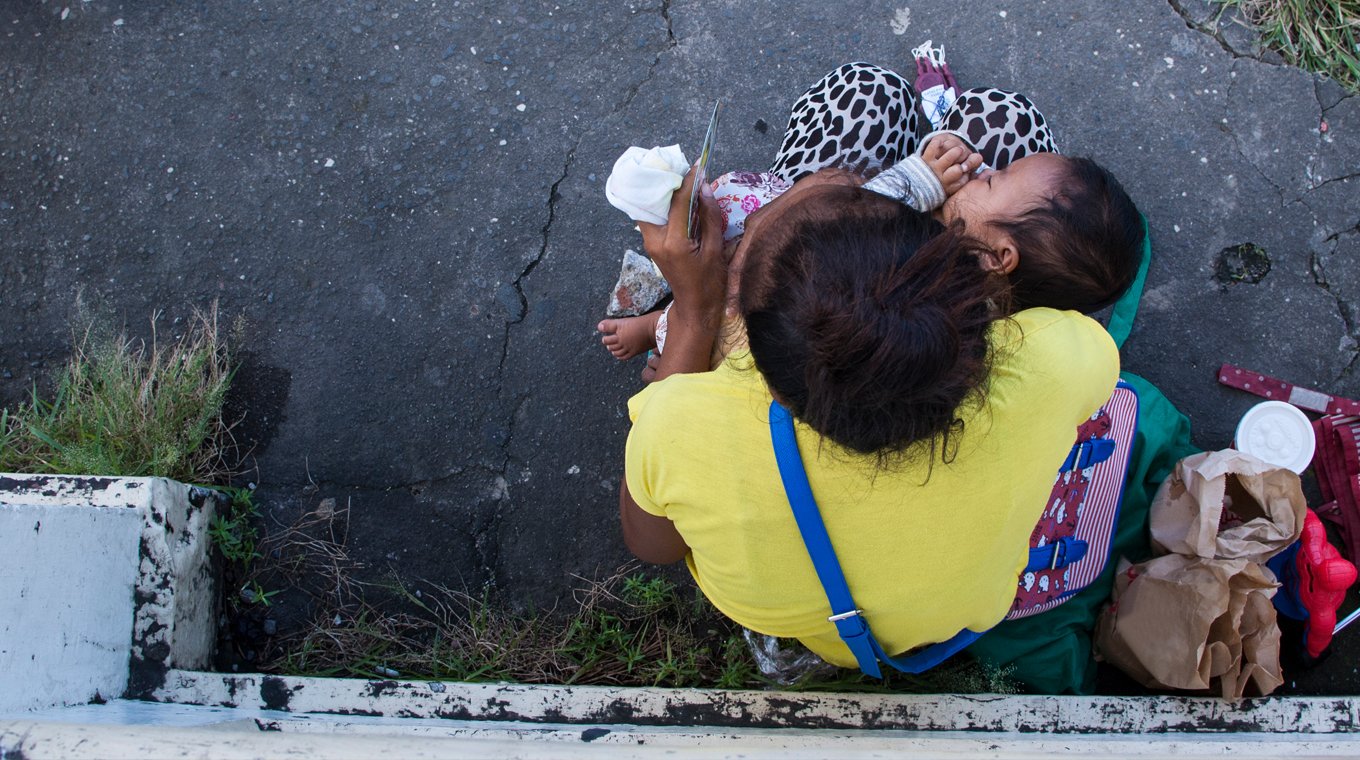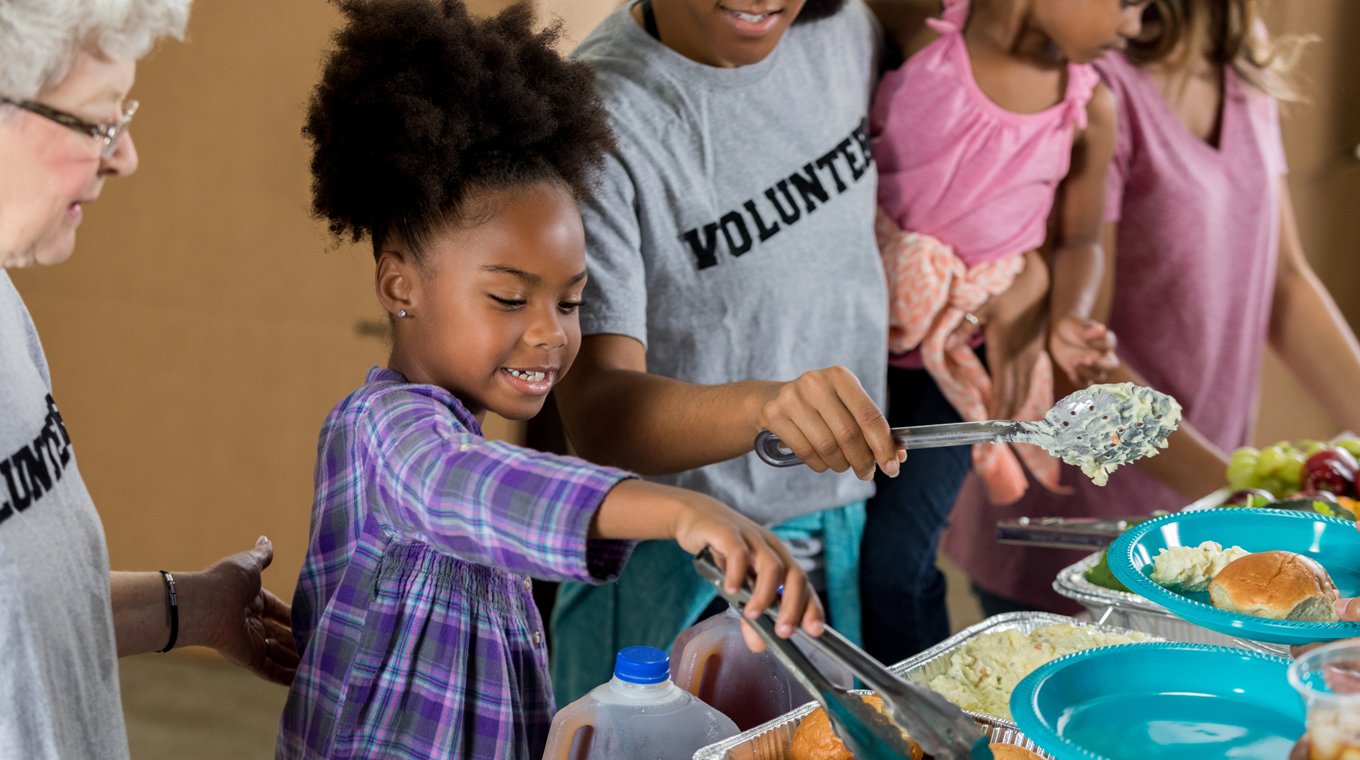
In this article
According to a recent report from the Department of Housing and Urban Development (HUD), there were over half a million unhoused people in the United States in 2020. With the numbers steadily rising, it is now more important than ever to initiate conversations with our children that we may perceive as difficult or uncomfortable.
It’s natural for children to be curious about the world, and what they see, hear, and experience in the community, on television, and at school can make an impact on them. If you’re looking for ways to talk to your kids about our nation’s unhoused population, here are some ideas to help get you started.
Words matter: why we say unhoused vs. homeless

In recent years, advocates and activists have leaned toward using the word “unhoused” in lieu of “homeless” to describe the growing number of Americans without fixed residences. We’re moving away from simply saying “we’re helping the homeless.” As a society we’re slowly becoming more aware of the words we use and how we use them and are beginning to recognize that the words we use have power. These words can often dictate the narrative and collective perception of a group or community.
“We’ve seen this before, words like transient or hobo are retired and no longer acceptable to use,” unhoused policy analyst and advocate Eve Garrow said in Architectural Digest. “Homeless has become intertwined with narratives that are toxic. It deserves to be retired.”
How to teach kids empathy

Much like everything else, our children take cues from our words and actions. By modeling the behaviors we wish to see in our children, we can instill in them values and morals that are important to us.
Expressing empathy to your child’s feelings when they’re sad, hurt or angry, is the first step toward raising a caring child. Don’t be afraid to express your own feelings — communicating in this way normalizes feelings and the expression of those feelings.
If your child asks questions about our unhoused population, greet their questions in a kind and compassionate way. They may have questions about tent cities they see while riding in the car or wonder why someone is asking passersby for money. Help your child verbalize their feelings and teach them to be aware of how others may be feeling. Pointing out when a friend is sad and working with your child to reach out is a great way to begin teaching them empathy.
“It’s important to me that my child not only understands that we can share our resources with people who are homeless. I also want him to grasp the root causes of homelessness, especially a lack of affordable housing,” social justice advocate Rebekah Gienapp wrote on her blog. “I believe children are capable of understanding homelessness not just as a sad reality, but also as an unjust one that communities have the power to change.”
For the last three years Kimberly Houston has worked with teen girls rescued from sex trafficking. “My children understand there are levels to poverty and that unhoused also includes people living in shelters, hotels, etc.,” she told Mom.com. “They have always been taught to treat people with respect — it goes beyond being empathetic, it’s about understanding that if the roles were reversed, how would they want to be treated.”
Their unhoused peers and classmates
Your child may even attend school with unhoused students. According to statistics from the United States Department of Education, there were over 1.3 million unhoused students enrolled in public schools across the country in 2017, and it’s important for parents — and teachers — to make those connections.
“Homelessness is in many ways an invisible issue in schools,” high school teacher Aaron Pribble told the New York Times. “Students learn more when teachers make connections between their curriculum and the world in which students live — and this is especially true of homelessness,” he said. “When students think about how much their own homes are worth, or how much their parents are paying for rent, they’re more able to understand why homelessness is such a big issue.”
Helping the unhoused community

There are many ways you and your children can help the unhoused community. We can arm our kids with the tools and social skills necessary to be able to speak up when required or offer a helping hand when able.
One way to do this is to volunteer alongside your children at your local food pantry or housing shelter — inquire ahead of time as there can often be age restrictions. All children regardless of age can contribute by collecting and distributing items for the unhoused people in your community. There are even kid-focused or kid-friendly volunteer organizations that allow and allow young people to help out in their communities.
“We used to make care bags and keep them in the car with toiletries, women’s sanitary items, non-perishable food, water, and gift cards, Anitra Durand told Mom.com. “When my daughter was 9 and kept asking me why we didn’t help those asking for money in the street, I realized I needed to feed her compassion with something meaningful that also kept us safer than handing out money,” the mom of three explained.
Talking to young kids about our unhoused population can seem daunting, and we may even consider waiting until they’re a little bit older when they truly understand. But by modeling empathy and compassion in the younger years and incorporating age-appropriate activities that give back to their community, we can instill compassion in our children while providing them with the tools and insight necessary to help their fellow human beings.
